Actress Meena Hot Photos Biography Source :- (Google.com)
Choose a hair highlight: Almost every emo hairstyle for 2012 has a hair highlight. Determining the color of the highlights depends on what color your hair is. If it’s black, it will go with any color. Red goes with orange and yellow or blond and so forth. Since the hair dyes mentioned are the popular ones, nearly any hair highlight color or streak can fit. Hair highlights can be colored on the tips of the hair whether those tips are spiked or not. They can be colored on the bangs, the top of the head and anywhere really, even if it’s symmetrical or only on one side.
With emo hairstyles for teenage girls, anything can go. Cut it anyway you like and dye or highlight as many colors you desire. It’s your hair to create and the look you want. Emo hairstyles aren't about rules and regulations but the freedom to express you through hair. They don’t have to be short or long or fit in with the modern trends out there. It’s its own type of style that has it’s own attitude and values to the person.
With a suitable and new 2012 emo hairstyles for teenage girls, you will be able to enjoy your life without your hair having to be a worry or extra weight on your back. It will allow you to just be yourself and not someone else just because you want to fit in with the crowd.
Physical factors include natural hair type and growth patterns, face and head shape from various angles, and overall body proportions; medical considerations may also apply. Self-image may be directed toward conforming to mainstream values (military-style crew cuts or current "fad" hairstyles such as the Dido flip), identifying with distinctively groomed subgroups (e.g., punk hair), or obeying religious dictates (e.g., Orthodox Jewish have payot, Rastafari have Dreadlocks, North India jatas, or the Sikh practice of Kesh), though this is highly contextual and a "mainstream" look in one setting may be limited to a "subgroup" in another.A hairstyle is achieved by arranging hair in a certain way, occasionally using combs, a blow-dryer, gel, or other products. The practice of styling hair is often called "hairdressing", especially when done as an occupation.Hairstyling may also include adding accessories (such as headbands or barrettes) to the hair to hold it in place, enhance its ornamental appearance, or partially or fully conceal it with coverings such as a kippa, hijab, tam or turban.Most cosmetology programs in the United States require students to purchase practice heads that are made with real human hair. Students can cut, color and add permanents as they are trained in the procedures.Hair dressing may include cuts, weaves, coloring, extensions, perms, permanent relaxers, curling, and any other form of styling or texturing.
Length and trimmingHair cutting or hair trimming is intended to create or maintain a specific shape and form. Its extent may range from merely trimming the uneven ends of the hair to a uniform length to completely shaving the head.The overall shape of the hairstyle is usually maintained by trimming it at regular intervals. There are ways to trim one's own hair but usually another person is enlisted to perform the process, as it is difficult to maintain symmetry while cutting hair at the back of one's head. Although trimming enhances the hair's appearance by removing damaged or split ends, it does not promote faster growth or remove all damage along the length of the hair.
Stylists often wash a subject's hair first, so that the hair is cut while still slightly damp. Compared to dry hair, wet hair can be easier to manage in a cut/style situation because the added weight and surface tension of the water cause the strands to stretch downward and cling together along the hair's length, holding a line and making it easier for the stylist to create a form.
Brushes and combs are used to organize and untangle the hair, encouraging all of the strands to lie in the same direction and removing debris such as lint, dandruff, or hairs that have already shed from their follicles but continue to cling to the other hairs.
There are all manner of detangling tools available in a wide variety of price ranges. Combs come in all shapes and sizes and all manner of materials including plastics, wood, and horn. Similarly, brushes also come in all sizes and shapes, including various paddle shapes. Most benefit from using some form of a wide tooth comb for detangling. Most physicians advise against sharing hair care instruments like combs and clips, to prevent spreading hair conditions like dandruff and head lice.
The historical dictum to brush hair with one hundred strokes every day is somewhat archaic, dating from a time when hair was washed less frequently; the brushstrokes would spread the scalp's natural oils down through the hair, creating a protective effect. Now, however, this does not apply when the natural oils have been washed off by frequent shampoos. Also, hairbrushes are now usually made with rigid plastic bristles instead of the natural boar's bristles that were once standard; the plastic bristles increase the likelihood of actually injuring the scalp and hair with excessively vigorous brushing.
DryingHair dryers speed the drying process of hair by blowing air, which is usually heated, over the wet hair shaft to accelerate the rate of water evaporation.
Getting your wedding hairdo right for your wedding is not something you will do overnight. Time and effort is required to be sure that you have the wedding hairdo that suits you. It can very difficult & confusing deciding which hairstyle would be perfect for your wedding day. From the bride to the bridesmaids, the entire guest, everyone's goal at the wedding is to look their utmost in every way. Bridal hairstyles have to be the best looking hairstyles at a wedding because she is the focus of attention. It is the day of her life that she has been looking forward.
Excessive heat may increase the rate of shaft-splitting or other damage to the hair. Hair dryer diffusers can be used to widen the stream of air flow so it is weaker but covers a larger area of the hair.
Hair dryers can also be used as a tool to sculpt the hair to a very slight degree. Proper technique involves aiming the dryer such that the air does not blow onto the face or scalp, which can cause burns.Braiding and updosTight or frequent braiding may pull at the hair roots and cause traction alopecia. Rubber bands with metal clasps or tight clips, which bend the hair shaft at extreme angles, can have the same effect.If hair is pinned too tightly, or the whole updo slips causing pulling on the hair in the follicle at the hair root are other scenarios that can cause aggravation to the hair follicle and result in headaches. Although many African- Americans use braiding extensions as a form of convenience, it is important not to keep the braids up longer than needed to avoid hair breakage or hair loss.
Hair styling is a major world industry, from the salon itself to products, advertising, and even magazines on the subject. In the United States, most hairstylists are licensed after obtaining training at a cosmetology or beauty school.[28]
In recent years, competitive events for professional stylists have grown in popularity. Stylists compete on deadline to create the most elaborate hairstyle using props, lights and other fantastic accessories.Hair being straightened with a flat iron.
Styling tools may include hair irons (including flat, curling, and crimping irons), hair dryers, and hair rollers. Hair dressing might also include the use of hair product to add texture, shine, curl, volume or hold to a particular style.
[edit]Products
Styling products aside from shampoo and conditioner are many and varied. Leave-in conditioner, conditioning treatments, mousse, gels, lotions, waxes, creams, clays, serums, oils, and sprays are used to change the texture or shape of the hair, or to hold it in place in a certain style. Applied properly, most styling products will not damage the hair apart from drying it out; most styling products contain alcohols, which can dissolve oils. Many hair products contain chemicals which can cause build-up, resulting in dull hair or a change in perceived texture.
Care of human or other natural hair wigs is similar to care of a normal head of hair in that the wig can be brushed, styled, and kept clean using haircare products.
Synthetic wigs are usually made from a fine fiber that mimics human hair. This fiber can be made in almost any color and hairstyle, and is often glossier than human hair. However, this fiber is sensitive to heat and cannot be styled with flat irons or curling irons. There is a newer synthetic fiber that can take heat up to a certain temperature.
Human hair wigs can be styled with heat, and they must be brushed only when dry. Syntheticand human hair wigs should be brushed dry before shampooing to remove tangles. To clean the wig, the wig should be dipped into a container with water and mild shampoo, then dipped in clear water and moved up and down to remove excess water. The wig must then be air dried naturally into its own hairstyle.Proper maintenance can make a human hair wig last for many years.There are many options to adorn and arrange the hair. Hairpins, clasps, barrettes, headbands, ribbons, rubber bands, scrunchies, and combs can be used to achieve a variety of styles. There are also many decorative ornaments that, while they may have clasps to affix them to the hair, are used solely for appearance and do not aid in keeping the hair in place. In India for example, the Gajra (flower garland) is common there are heaps on hairstyles.
At most times in most cultures, men have worn their hair in styles that are different from women's. American sociologist Rose Weitz once wrote that the most widespread cultural rule about hair is that women's hair must differ from men's hair.[30] An exception is the men and women living in the Orinoco-Amazon Basin, where traditionally both genders have worn their hair cut into a bowl shape. In Western countries in the 1960s, both young men and young women wore their hair long and natural.[31] During most periods in human history when men and women wore similar hairstyles, as in the 1920s and 1960s, it has generated significant social concern and approbation.[32]
[edit]Religion
Cutting off one's hair is often associated with religious faith: Catholic nuns often cut their hair very short, and men who joined Catholic monastic orders in the eighth century adopted what was known as the tonsure, which involved shaving the tops of their heads and leaving a ring of hair around the bald crown.[31] Many Buddhists, Hajj pilgrims and Vaisnavas, especially members of the Hare Krishna movement, shave their heads. Some Hindu and most Buddhist monks and nuns shave their heads upon entering their order, and Korean Buddhist monks and nuns have their heads shaved every 15 days.[33] Adherents of Sikhism are required to wear their hair unshorn. Women usually wear it in a braid or a bun and men cover it with a turban.
In the 1800s, American women started wearing their hair up when they became ready to get married. Among the Fulani people of west Africa, unmarried women wear their hair ornamented with small amber beads and coins, while married women wear large amber ornaments. Marriage is signified among the Toposa women of South Sudan by wearing the hair in many small pigtails. Unmarried Hopi women have traditionally worn a "butterfly" hairstyle characterized by a twist or whorl of hair at each side of the face.
In many cultures, including Hindu culture and among the Wayana people of the Guiana highlands, young preople have historically shaved off their hair to denote coming-of-age. Women in India historically have signified adulthood by switching from wearing two braids to one. Among the Rendille of north-eastern Kenya and the Tchikrin people of the Brazilian rainforest, both men and women shave their heads after the death of a close family member. When a man died in ancient Greece, his wife cut off her hair and buried it with him,and in Hindu families, the chief mourner is expected to shave his or her head 10 days after a death.
Throughout history, hair has been a signifier of social class.Upper-class people have always used their hairstyles to signal wealth and status. Wealthy Roman women wore complex hairstyles that needed the labours of several people to maintain them,and rich people have also often chosen hairstyles that restricted or burdened their movement, making it obvious that they did not need to work.Wealthy people's hairstyles used to be at the cutting edge of fashion, setting the styles for the less wealthy. But today, the wealthy are generally observed to wear their hair in conservative styles that date back decades prior.
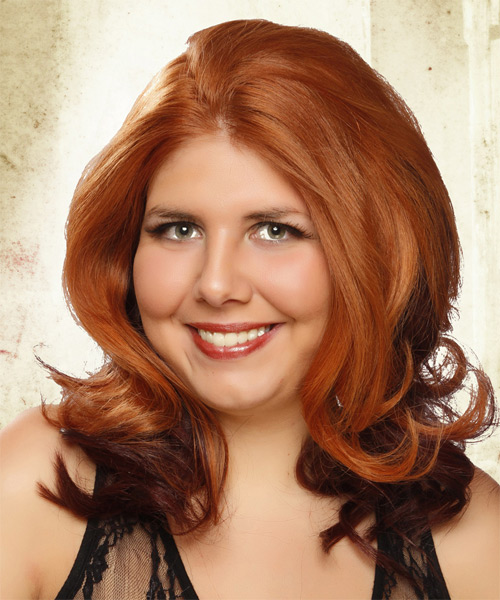 Hair Cuts
Hair Cuts
 Hair Cuts
Hair Cuts
 Hair Cuts
Hair Cuts
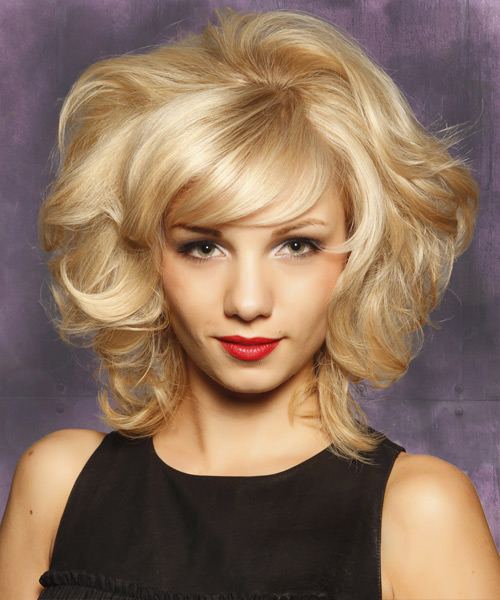 Hair Cuts
Hair Cuts
 Hair Cuts
Hair Cuts
 Hair Cuts
Hair Cuts
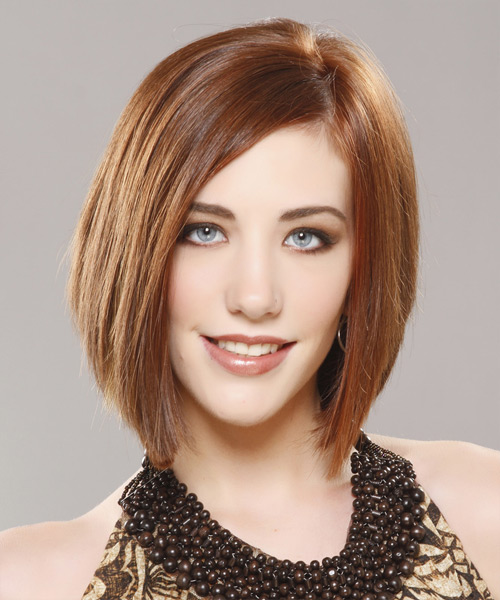 Hair Cuts
Hair Cuts
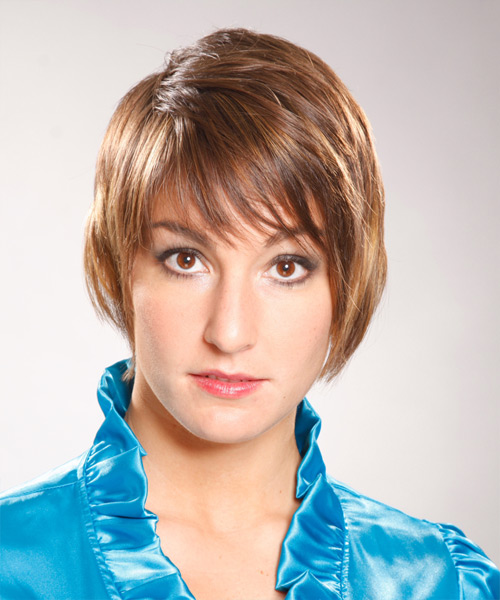 Hair Cuts
Hair Cuts
 Hair Cuts
Hair Cuts
 Hair Cuts
Hair Cuts
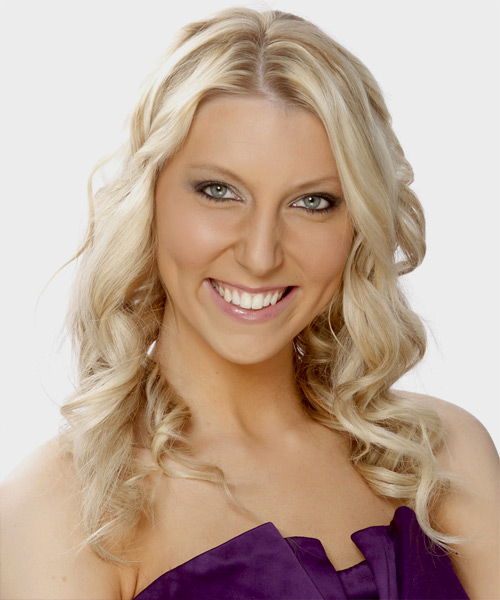 Hair Cuts
Hair Cuts
 Hair Cuts
Hair Cuts
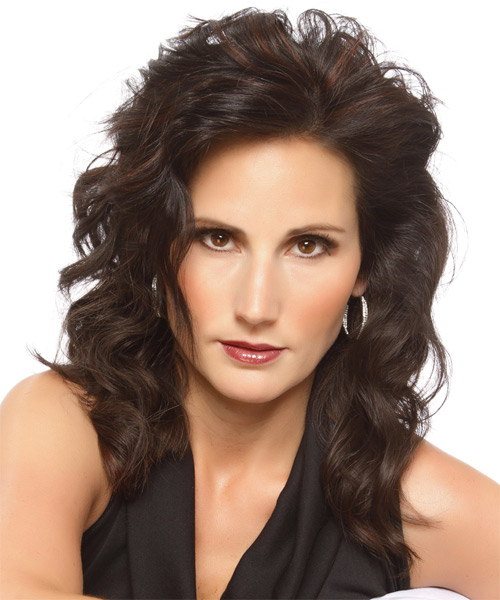 Hair Cuts
Hair Cuts
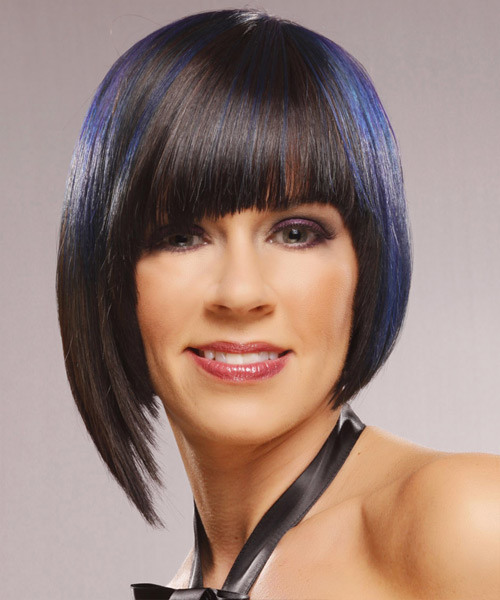 Hair Cuts
Hair Cuts
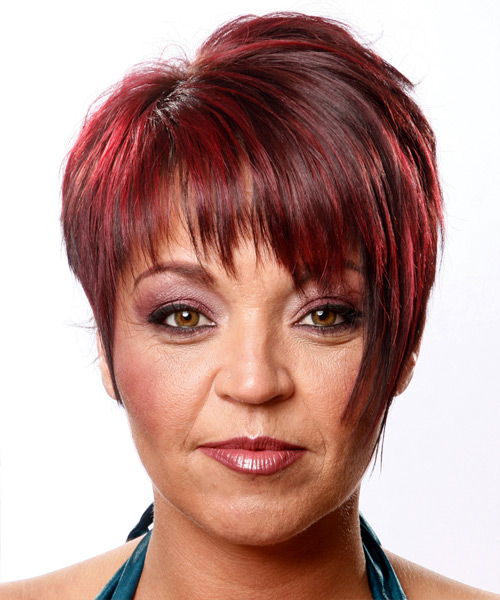 Hair Cuts
Hair Cuts
 Hair Cuts
Hair Cuts
 Hair Cuts
Hair Cuts
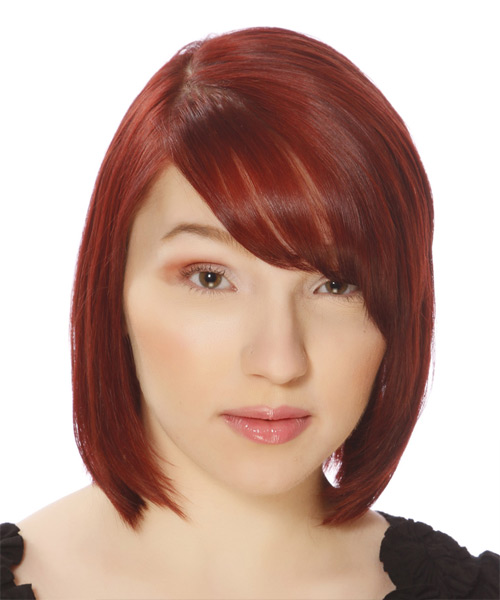 Hair Cuts
Hair Cuts
Choose a hair highlight: Almost every emo hairstyle for 2012 has a hair highlight. Determining the color of the highlights depends on what color your hair is. If it’s black, it will go with any color. Red goes with orange and yellow or blond and so forth. Since the hair dyes mentioned are the popular ones, nearly any hair highlight color or streak can fit. Hair highlights can be colored on the tips of the hair whether those tips are spiked or not. They can be colored on the bangs, the top of the head and anywhere really, even if it’s symmetrical or only on one side.
With emo hairstyles for teenage girls, anything can go. Cut it anyway you like and dye or highlight as many colors you desire. It’s your hair to create and the look you want. Emo hairstyles aren't about rules and regulations but the freedom to express you through hair. They don’t have to be short or long or fit in with the modern trends out there. It’s its own type of style that has it’s own attitude and values to the person.
With a suitable and new 2012 emo hairstyles for teenage girls, you will be able to enjoy your life without your hair having to be a worry or extra weight on your back. It will allow you to just be yourself and not someone else just because you want to fit in with the crowd.
Since the 1970s, women have worn their hair in a wide variety of fairly natural styles. In the nineteen-eighties women pulled back their hair with scrunchies, stretchy ponytail holders made from cloth over fabric bands. Women also often wear glittery ornaments today, as well as claw-style barrettes used to secure ponytails and other upswept or partially upswept hairstyles.[9] Today, women and men can choose from a broad range of hairstyles, but they are still expected to wear their hair in ways that conform to gender norms: in much of the world, men with long hair and women whose hair doesn't appear carefully groomed may face various forms of discrimination, including harassment, social shaming or workplace discrimination.[26] This is somewhat less true of African-American men, who wear their hair in a variety of styles that overlap with those of African-American women, including braids and cornrows fastened with beads, rubber bands and barrettes.Japanese women and girls in Western dress with various Western hairstyles. 1 September 1887.A hairstyle's aesthetic considerations may be determined by many factors, such as the subject's physical attributes and desired self-image or the stylist's artistic instincts.With emo hairstyles for teenage girls, anything can go. Cut it anyway you like and dye or highlight as many colors you desire. It’s your hair to create and the look you want. Emo hairstyles aren't about rules and regulations but the freedom to express you through hair. They don’t have to be short or long or fit in with the modern trends out there. It’s its own type of style that has it’s own attitude and values to the person.
With a suitable and new 2012 emo hairstyles for teenage girls, you will be able to enjoy your life without your hair having to be a worry or extra weight on your back. It will allow you to just be yourself and not someone else just because you want to fit in with the crowd.Physical factors include natural hair type and growth patterns, face and head shape from various angles, and overall body proportions; medical considerations may also apply. Self-image may be directed toward conforming to mainstream values (military-style crew cuts or current "fad" hairstyles such as the Dido flip), identifying with distinctively groomed subgroups (e.g., punk hair), or obeying religious dictates (e.g., Orthodox Jewish have payot, Rastafari have Dreadlocks, North India jatas, or the Sikh practice of Kesh), though this is highly contextual and a "mainstream" look in one setting may be limited to a "subgroup" in another.A hairstyle is achieved by arranging hair in a certain way, occasionally using combs, a blow-dryer, gel, or other products. The practice of styling hair is often called "hairdressing", especially when done as an occupation.Hairstyling may also include adding accessories (such as headbands or barrettes) to the hair to hold it in place, enhance its ornamental appearance, or partially or fully conceal it with coverings such as a kippa, hijab, tam or turban.Most cosmetology programs in the United States require students to purchase practice heads that are made with real human hair. Students can cut, color and add permanents as they are trained in the procedures.Hair dressing may include cuts, weaves, coloring, extensions, perms, permanent relaxers, curling, and any other form of styling or texturing.
Length and trimmingHair cutting or hair trimming is intended to create or maintain a specific shape and form. Its extent may range from merely trimming the uneven ends of the hair to a uniform length to completely shaving the head.The overall shape of the hairstyle is usually maintained by trimming it at regular intervals. There are ways to trim one's own hair but usually another person is enlisted to perform the process, as it is difficult to maintain symmetry while cutting hair at the back of one's head. Although trimming enhances the hair's appearance by removing damaged or split ends, it does not promote faster growth or remove all damage along the length of the hair.
Stylists often wash a subject's hair first, so that the hair is cut while still slightly damp. Compared to dry hair, wet hair can be easier to manage in a cut/style situation because the added weight and surface tension of the water cause the strands to stretch downward and cling together along the hair's length, holding a line and making it easier for the stylist to create a form.
Brushes and combs are used to organize and untangle the hair, encouraging all of the strands to lie in the same direction and removing debris such as lint, dandruff, or hairs that have already shed from their follicles but continue to cling to the other hairs.
There are all manner of detangling tools available in a wide variety of price ranges. Combs come in all shapes and sizes and all manner of materials including plastics, wood, and horn. Similarly, brushes also come in all sizes and shapes, including various paddle shapes. Most benefit from using some form of a wide tooth comb for detangling. Most physicians advise against sharing hair care instruments like combs and clips, to prevent spreading hair conditions like dandruff and head lice.
The historical dictum to brush hair with one hundred strokes every day is somewhat archaic, dating from a time when hair was washed less frequently; the brushstrokes would spread the scalp's natural oils down through the hair, creating a protective effect. Now, however, this does not apply when the natural oils have been washed off by frequent shampoos. Also, hairbrushes are now usually made with rigid plastic bristles instead of the natural boar's bristles that were once standard; the plastic bristles increase the likelihood of actually injuring the scalp and hair with excessively vigorous brushing.
DryingHair dryers speed the drying process of hair by blowing air, which is usually heated, over the wet hair shaft to accelerate the rate of water evaporation.
Getting your wedding hairdo right for your wedding is not something you will do overnight. Time and effort is required to be sure that you have the wedding hairdo that suits you. It can very difficult & confusing deciding which hairstyle would be perfect for your wedding day. From the bride to the bridesmaids, the entire guest, everyone's goal at the wedding is to look their utmost in every way. Bridal hairstyles have to be the best looking hairstyles at a wedding because she is the focus of attention. It is the day of her life that she has been looking forward.
Excessive heat may increase the rate of shaft-splitting or other damage to the hair. Hair dryer diffusers can be used to widen the stream of air flow so it is weaker but covers a larger area of the hair.
Hair dryers can also be used as a tool to sculpt the hair to a very slight degree. Proper technique involves aiming the dryer such that the air does not blow onto the face or scalp, which can cause burns.Braiding and updosTight or frequent braiding may pull at the hair roots and cause traction alopecia. Rubber bands with metal clasps or tight clips, which bend the hair shaft at extreme angles, can have the same effect.If hair is pinned too tightly, or the whole updo slips causing pulling on the hair in the follicle at the hair root are other scenarios that can cause aggravation to the hair follicle and result in headaches. Although many African- Americans use braiding extensions as a form of convenience, it is important not to keep the braids up longer than needed to avoid hair breakage or hair loss.
Hair styling is a major world industry, from the salon itself to products, advertising, and even magazines on the subject. In the United States, most hairstylists are licensed after obtaining training at a cosmetology or beauty school.[28]
In recent years, competitive events for professional stylists have grown in popularity. Stylists compete on deadline to create the most elaborate hairstyle using props, lights and other fantastic accessories.Hair being straightened with a flat iron.
Styling tools may include hair irons (including flat, curling, and crimping irons), hair dryers, and hair rollers. Hair dressing might also include the use of hair product to add texture, shine, curl, volume or hold to a particular style.
[edit]Products
Styling products aside from shampoo and conditioner are many and varied. Leave-in conditioner, conditioning treatments, mousse, gels, lotions, waxes, creams, clays, serums, oils, and sprays are used to change the texture or shape of the hair, or to hold it in place in a certain style. Applied properly, most styling products will not damage the hair apart from drying it out; most styling products contain alcohols, which can dissolve oils. Many hair products contain chemicals which can cause build-up, resulting in dull hair or a change in perceived texture.
Care of human or other natural hair wigs is similar to care of a normal head of hair in that the wig can be brushed, styled, and kept clean using haircare products.
Synthetic wigs are usually made from a fine fiber that mimics human hair. This fiber can be made in almost any color and hairstyle, and is often glossier than human hair. However, this fiber is sensitive to heat and cannot be styled with flat irons or curling irons. There is a newer synthetic fiber that can take heat up to a certain temperature.
Human hair wigs can be styled with heat, and they must be brushed only when dry. Syntheticand human hair wigs should be brushed dry before shampooing to remove tangles. To clean the wig, the wig should be dipped into a container with water and mild shampoo, then dipped in clear water and moved up and down to remove excess water. The wig must then be air dried naturally into its own hairstyle.Proper maintenance can make a human hair wig last for many years.There are many options to adorn and arrange the hair. Hairpins, clasps, barrettes, headbands, ribbons, rubber bands, scrunchies, and combs can be used to achieve a variety of styles. There are also many decorative ornaments that, while they may have clasps to affix them to the hair, are used solely for appearance and do not aid in keeping the hair in place. In India for example, the Gajra (flower garland) is common there are heaps on hairstyles.
At most times in most cultures, men have worn their hair in styles that are different from women's. American sociologist Rose Weitz once wrote that the most widespread cultural rule about hair is that women's hair must differ from men's hair.[30] An exception is the men and women living in the Orinoco-Amazon Basin, where traditionally both genders have worn their hair cut into a bowl shape. In Western countries in the 1960s, both young men and young women wore their hair long and natural.[31] During most periods in human history when men and women wore similar hairstyles, as in the 1920s and 1960s, it has generated significant social concern and approbation.[32]
[edit]Religion
Cutting off one's hair is often associated with religious faith: Catholic nuns often cut their hair very short, and men who joined Catholic monastic orders in the eighth century adopted what was known as the tonsure, which involved shaving the tops of their heads and leaving a ring of hair around the bald crown.[31] Many Buddhists, Hajj pilgrims and Vaisnavas, especially members of the Hare Krishna movement, shave their heads. Some Hindu and most Buddhist monks and nuns shave their heads upon entering their order, and Korean Buddhist monks and nuns have their heads shaved every 15 days.[33] Adherents of Sikhism are required to wear their hair unshorn. Women usually wear it in a braid or a bun and men cover it with a turban.
In the 1800s, American women started wearing their hair up when they became ready to get married. Among the Fulani people of west Africa, unmarried women wear their hair ornamented with small amber beads and coins, while married women wear large amber ornaments. Marriage is signified among the Toposa women of South Sudan by wearing the hair in many small pigtails. Unmarried Hopi women have traditionally worn a "butterfly" hairstyle characterized by a twist or whorl of hair at each side of the face.
In many cultures, including Hindu culture and among the Wayana people of the Guiana highlands, young preople have historically shaved off their hair to denote coming-of-age. Women in India historically have signified adulthood by switching from wearing two braids to one. Among the Rendille of north-eastern Kenya and the Tchikrin people of the Brazilian rainforest, both men and women shave their heads after the death of a close family member. When a man died in ancient Greece, his wife cut off her hair and buried it with him,and in Hindu families, the chief mourner is expected to shave his or her head 10 days after a death.
Throughout history, hair has been a signifier of social class.Upper-class people have always used their hairstyles to signal wealth and status. Wealthy Roman women wore complex hairstyles that needed the labours of several people to maintain them,and rich people have also often chosen hairstyles that restricted or burdened their movement, making it obvious that they did not need to work.Wealthy people's hairstyles used to be at the cutting edge of fashion, setting the styles for the less wealthy. But today, the wealthy are generally observed to wear their hair in conservative styles that date back decades prior.
Hair Cuts

















No comments:
Post a Comment